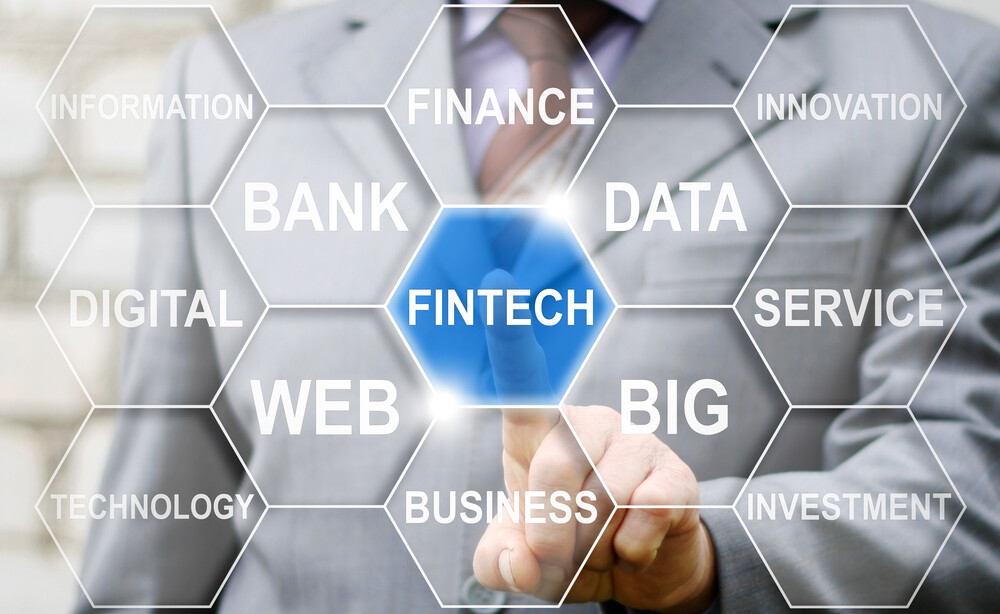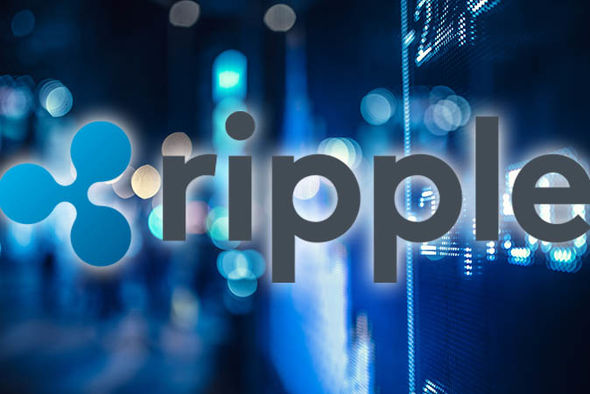The Dubai government has clearly recognised the potential of Blockchains and through the introduction of the Dubai Blockchain Strategy (the “Strategy”) it is pioneering the application of new Blockchain based technology. If the Strategy is successfully implemented, Dubai should have the first Blockchain powered government.
The Strategy is a result of a collaboration between the Smart Dubai Office and the Dubai Future Foundation. Going forward the Dubai Future Foundation will oversee the implementation of the Strategy and the Smart Dubai Office has been tasked with its execution.
The Strategy is built on the three pillars of:
- government efficiency;
- industry creation; and
- international leadership.
Documentation, such as visa applications, bill payments and license renewals, which the Dubai government estimates currently account for over 100 million documents each year, will be transacted digitally under the Strategy. It has been estimated that the use of Blockchain technology could contribute savings of up to 114 MTons CO2 emissions from trip reductions, and redistribute up to 25.1 million hours of economic productivity in saved document processing time.
Under the second pillar of “Industry Creation” the Strategy will introduce a system for enabling the creation of new businesses using Blockchain technology (the Dubai government in its announcement of the Strategy expected the volume of the Blockchain market to hit US$300 million over the next five years). Industries that would likely benefit from Blockchain technology include: real estate, fin-tech and banking, healthcare, transportation, urban planning, smart energy, digital commerce and tourism.
The third pillar of the Strategy is “International Leadership”. Under this pillar, Dubai will open its Blockchain platform for global counterparts to enhance safety, security, and convenience for international travellers to Dubai.
Under the Strategy, international travellers will benefit from faster entry with pre-approved passport and security clearance and visas; easier mobility within Dubai due to approved drivers licenses and car rental; guaranteed wireless connectivity; enhanced tourism and pre-authenticated temporary digital wallets and payments.
The third pillar of the Strategy is to be delivered through a Global Trust Network with partners in Europe, North America and Asia.
Prior to the launch of the Strategy the Dubai Future Foundation had already founded the Global Blockchain Council, an initiative that includes 42 government entities and private companies to discuss the best applications in Blockchain technologies.
As a distributed ledger Blockchain based systems have the potential to reduce or eliminate many categories of validation and verification issues for simple transactions. There is no need for trusted third parties such as banks to complete transactions.
Consequently, Blockchains could become the norm for data records sooner rather than later.
Through the Strategy, the Dubai Government is recognizing Blockchiain as the next step in digital transformation of the public and private sector and positions Dubai as a leading center for Blockchain development and innovation.
(An excerpt from text at:
https://www.tamimi.com/law-update-articles/new-tech-on-the-block-dubais-blockchain-strategy-and-why-it-matters/ )
https://www.tamimi.com/law-update-articles/new-tech-on-the-block-dubais-blockchain-strategy-and-why-it-matters/ )













